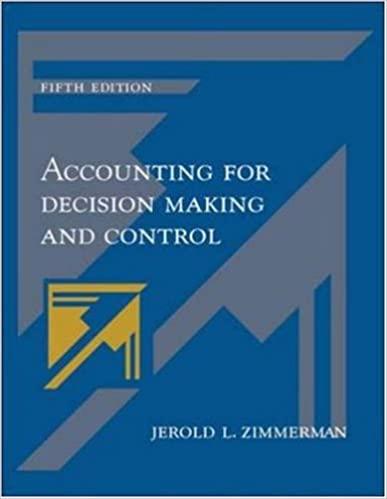Answered step by step
Verified Expert Solution
Question
1 Approved Answer
Required information Skip to question [The following information applies to the questions displayed below.] At the beginning of Year 2, the Redd Company had the
Required information Skip to question [The following information applies to the questions displayed below.] At the beginning of Year 2, the Redd Company had the following balances in its accounts: Cash 8,100 Inventory 2,100 Common stock 7,600 Retained earnings 2,600 During Year 2, the company experienced the following events: Purchased inventory that cost $5,600 on account from Ross Company under terms 2/10, n/30. The merchandise was delivered FOB shipping point. Transportation costs of $510 were paid in cash. Returned $300 of the inventory it had purchased because the inventory was damaged in transit. The seller agreed to pay the return transportation cost. Paid the amount due on its account payable to Ross Company within the cash discount period. Sold inventory that had cost $6,100 for $9,100 on account, under terms 2/10, n/45. Received merchandise returned from a customer. The merchandise originally cost $510 and was sold to the customer for $810 cash. The customer was paid $810 cash for the returned merchandise. Delivered goods FOB destination in Event 4. Transportation costs of $610 were paid in cash. Collected the amount due on the account receivable within the discount period. Took a physical count indicating that $1,800 of inventory was on hand at the end of the accounting period. b. Record each event in a horizontal financial statements model. Note: In the Cash Flow column, use OA to designate operating activity, IA for investment activity, FA for financing activity, and NC for net change in cash. Enter any decreases to account balances and cash outflows with a minus sign. Not all cells in the "Statement of Cash Flows" column may require an input - leave cells blank if there is no corresponding input needed. Required information Skip to question [The following information applies to the questions displayed below.] At the beginning of Year 2, the Redd Company had the following balances in its accounts: Cash 8,100 Inventory 2,100 Common stock 7,600 Retained earnings 2,600 During Year 2, the company experienced the following events: Purchased inventory that cost $5,600 on account from Ross Company under terms 2/10, n/30. The merchandise was delivered FOB shipping point. Transportation costs of $510 were paid in cash. Returned $300 of the inventory it had purchased because the inventory was damaged in transit. The seller agreed to pay the return transportation cost. Paid the amount due on its account payable to Ross Company within the cash discount period. Sold inventory that had cost $6,100 for $9,100 on account, under terms 2/10, n/45. Received merchandise returned from a customer. The merchandise originally cost $510 and was sold to the customer for $810 cash. The customer was paid $810 cash for the returned merchandise. Delivered goods FOB destination in Event 4. Transportation costs of $610 were paid in cash. Collected the amount due on the account receivable within the discount period. Took a physical count indicating that $1,800 of inventory was on hand at the end of the accounting period. b. Record each event in a horizontal financial statements model. Note: In the Cash Flow column, use OA to designate operating activity, IA for investment activity, FA for financing activity, and NC for net change in cash. Enter any decreases to account balances and cash outflows with a minus sign. Not all cells in the "Statement of Cash Flows" column may require an input - leave cells blank if there is no corresponding input needed
Step by Step Solution
There are 3 Steps involved in it
Step: 1

Get Instant Access to Expert-Tailored Solutions
See step-by-step solutions with expert insights and AI powered tools for academic success
Step: 2

Step: 3

Ace Your Homework with AI
Get the answers you need in no time with our AI-driven, step-by-step assistance
Get Started


